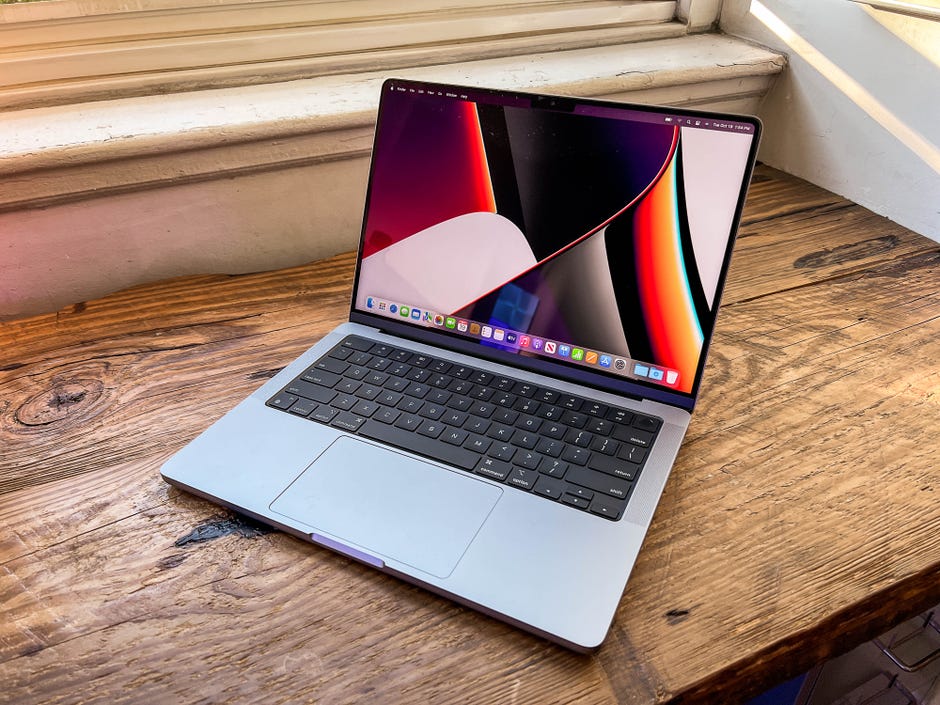


In today’s world, there are a plethora of devices for people to choose from and it can be daunting to try to accommodate and build for the best experiences on all devices. With new mobile and tablet products constantly hitting the market, all with varying resolutions and pixel densities, getting to a common list of widths to design and develop for can sometimes be overwhelming. We have compiled a list of the viewport widths to target based on our experience building responsive sites. The smaller screen will surely have a higher number of pixels per inch as compared to any larger screen.ĭesigning websites for mobile and tablet devices is not easy and it can be difficult to decide which devices and viewport widths to support. The image quality of smaller monitor can look sharper and more vibrant because of the pixel density. You will often find computer monitors of distinct sizes that have the same count of pixels, such as a 24-inch monitor or a 32-inch monitor both having a screen resolution of 1920 x 1080. Monitors have evolved from the time those were founded and from then they come in all kinds of sizes, and screen resolutions. There is also a term known as pixel density. Thus, the number of pixels a screen can show is not the only element indulged when it is the concern of image quality. The more are the number of pixels a screen show, the sharper and comprehensive the image quality will be. However if the screen resolution is too low, it can cause poor image quality that occupies too much space and can damage the work results. If you think, your screen resolution is higher, icons and texts are too small and your hardware may get under further strain as the monitor exerts to knock the high resolution screen. The screen resolution of a monitor can make a great influence on how your work is displayed over the screen, and on how contentedly you can work without spraining your eyes, so it’s vital to know what is the screen resolution of your monitor, and what screen resolution you choose while upgrading.
/cdn.vox-cdn.com/uploads/chorus_image/image/67804434/cwelch_201114_4292_0005.0.0.jpg)
This states that the screen contains 1024 pixels laterally and 768 pixels uprightly. Screen resolution in numeric terms is written as 1024 x 768.

The more are the pixels, the clearer and sharper looking the image will be. Resolution can be measured as pixels per inch, or PPI. Pixels can be learnt as little colored points, and they turn an image look sharper than it actually is. Screen resolution describes to be the amount of pixels that are available in a frame on any screen. Screen resolution has become one of the hottest topics in the while we entered the digital world and with the evolving smartphones and tablets, we all want to get the resolution as sharp as it can be.


 0 kommentar(er)
0 kommentar(er)
